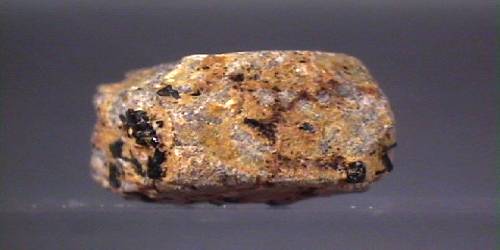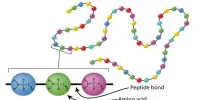Solar water disinfection is a portable water purification method that uses solar energy to disinfect biologically contaminated (e.g., bacteria, viruses, protozoa, and worms) water. It is a simple and low-cost method of disinfecting water to make it safe to drink. Water contaminated by non-biological agents, such as toxic chemicals or heavy metals, necessitates additional treatment to make it safe to drink. It is especially useful in areas where clean water is scarce and traditional water treatment methods are either unavailable or impractical.
Solar water disinfection is typically accomplished through the use of a combination of electricity generated by photovoltaic panels (solar PV), heat (solar thermal), and solar ultraviolet light collection. SODIS involves exposing water-filled, transparent plastic or glass bottles to sunlight for a set amount of time. The process uses the combined effect of UV-A radiation and higher temperatures to inactivate or kill microorganisms in the water, such as bacteria, viruses, and parasites.
Here’s a step-by-step overview of the SODIS process:
- Water Collection: Collect water from a source such as a river, stream, or well. It’s preferable to use water that is clear and free from large particles, as they can interfere with the disinfection process.
- Filtration (Optional): If the water contains visible dirt, debris, or sediment, you can filter it through a cloth or fine mesh to remove these impurities. This step is not necessary if the water is relatively clear.
- Filling Bottles: Fill transparent plastic or glass bottles with the collected water. It’s important to leave some space at the top of the bottle to allow for expansion when the water heats up.
- Solar Exposure: In an open area, place the filled bottles in direct sunlight. On a clear day, they should be exposed to sunlight for at least 6 hours. The exposure time may vary depending on the weather, but longer exposure times generally result in better disinfection.
- UV-A Radiation and Heat: The combination of UV-A radiation and increased temperature caused by the sun’s rays disinfects the water. UV-A radiation causes DNA damage in microorganisms, limiting their ability to multiply and survive. Heat also aids in the disinfection process by deactivating pathogens further.
Solar disinfection using photovoltaic effects typically uses an electric current to deliver electrolytic processes that disinfect water, such as generating oxidative free radicals that kill pathogens by damaging their chemical structure. A second approach uses stored solar electricity from a battery to power an ultraviolet lamp to perform secondary solar ultraviolet water disinfection at night or in low light levels.
SODIS is a simple, low-cost, and widely available water treatment method that can help improve the quality of drinking water in resource-limited areas. It is widely promoted by public health and water sanitation organizations, and its effectiveness has been demonstrated in numerous studies and field trials.















